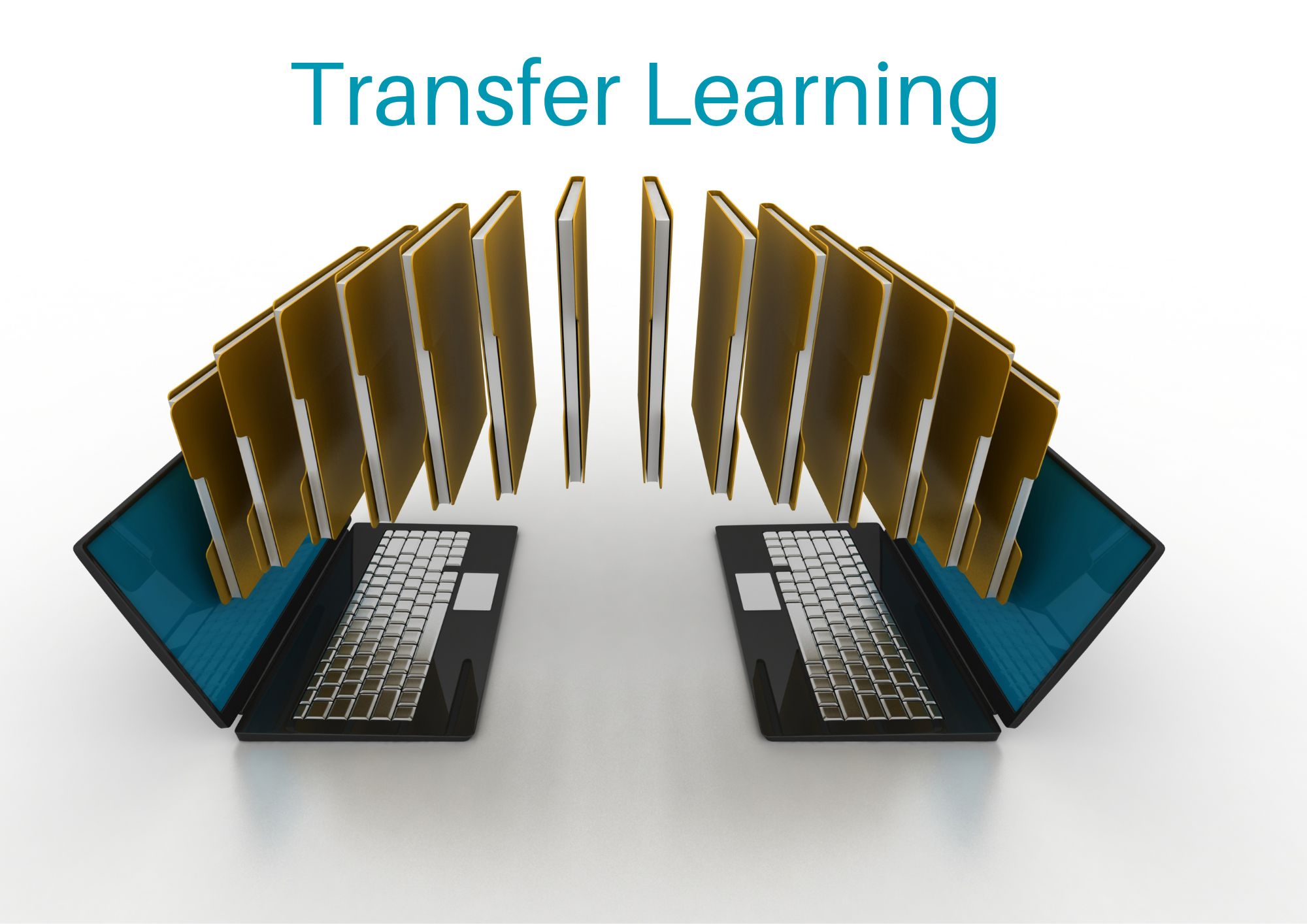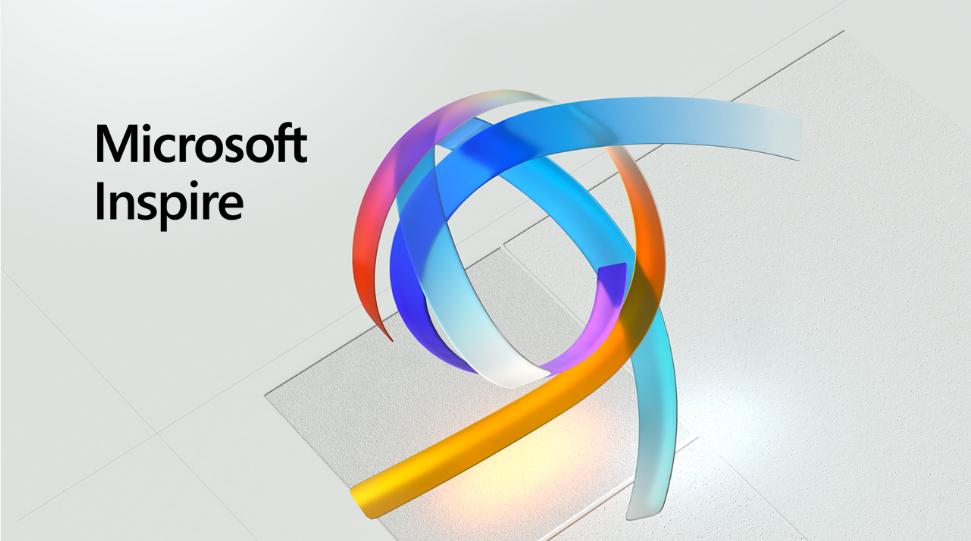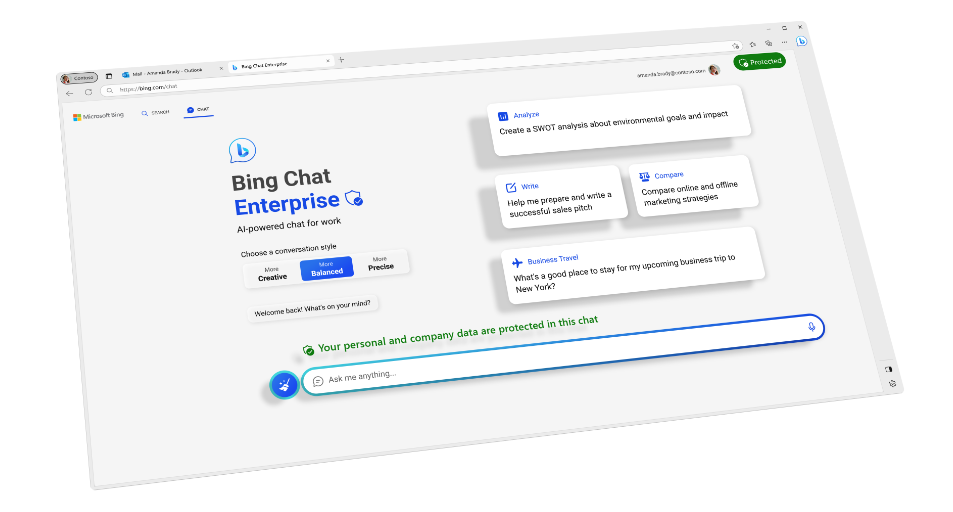Transfer learning has revolutionized the field of artificial intelligence (AI), enabling developers to build deep learning models more efficiently and effectively than ever before.
By leveraging pre-trained models, transfer learning can dramatically accelerate AI model training and improve deep learning efficiency.
In this comprehensive guide, we’ll explore the ins and outs of transfer learning, from its benefits and types to its real-world applications. 🚀
Advantages of Transfer Learning
Transfer learning offers several advantages over traditional deep learning methods, including:
Reduced Training Time
By using pre-trained models, transfer learning significantly cuts down on the time it takes to train an AI model. This means developers can deploy models more quickly, saving time and resources.
Improved Performance
Transfer learning often leads to better model performance, as pre-trained models have already learned relevant features from large-scale datasets. This allows new models to start with a strong foundation and focus on learning task-specific features.
Lower Data Requirements
With transfer learning, you don’t need a massive dataset to achieve good performance. This is particularly beneficial for projects with limited or hard-to-acquire data.
Cost-Effective
Using pre-trained models can help reduce the overall cost of AI model training, as it requires less computational power and time.
Types of Transfer Learning
There are two main types of transfer learning: inductive transfer learning and transductive transfer learning.
Inductive Transfer Learning
In inductive transfer learning, the source and target tasks are different, but the knowledge from the source task can be applied to improve the target task’s performance.
This is the most common form of transfer learning in deep learning.
Transductive Transfer Learning
Transductive transfer learning occurs when the source and target tasks share the same input-output space but have different data distributions. In this case, transfer learning is used to adapt the model to new data distributions.
Pre-Trained Model Examples
Some popular pre-trained models include:
VGGNet
VGGNet is a convolutional neural network (CNN) that excels at image classification tasks. It was pretrained on the ImageNet dataset, which contains over 14 million images.
Inception (GoogLeNet)
Inception is another CNN that was pretrained on the ImageNet dataset. It is known for its efficient architecture and has been widely adopted for image classification tasks.
BERT
BERT (Bidirectional Encoder Representations from Transformers) is a transformer-based model pretrained on a massive corpus of text data. It has achieved state-of-the-art performance on various natural language processing (NLP) tasks.
Fine-Tuning Techniques
To apply transfer learning effectively, developers often fine-tune pre-trained models using the following techniques:
Feature Extraction
Feature extraction involves using the pre-trained model as a fixed feature extractor. The extracted features are then fed into a new model for training on the target task.
Fine-Tuning
Fine-tuning involves training the pre-trained model on the target task data for a few epochs, allowing the model to adapt its weights to the new task. This can be done with the entire model or just a subset of its layers.
Progressive Unfreezing
Progressive unfreezing is a fine-tuning technique that gradually unfreezes the layers of the pre-trained model, starting from the last layer and working backward.
This allows the model to adapt more effectively to the target task while preserving the earlier layers’ learned features.
Real-World Applications
Transfer learning has been successfully applied in various real-world scenarios, including:
Image Classification
In image classification tasks, transfer learning has been used to improve the performance of models by leveraging pre-trained models like VGGNet and Inception.
Example:
from keras.applications import VGG16
# Load the VGG16 model with pre-trained weights
base_model = VGG16(weights='imagenet', include_top=False, input_shape=(224, 224, 3))
Sentiment Analysis
BERT, a pre-trained NLP model, has been applied in sentiment analysis tasks to achieve state-of-the-art performance.
Example:
from transformers import BertTokenizer, BertForSequenceClassification
import torch
tokenizer = BertTokenizer.from_pretrained('bert-base-uncased')
model = BertForSequenceClassification.from_pretrained('bert-base-uncased')
# Tokenize and input the text for classification
inputs = tokenizer("I love this product!", return_tensors="pt")
outputs = model(**inputs)
# Get the predicted sentiment
predicted_sentiment = torch.argmax(outputs.logits, dim=1)
Object Detection
Transfer learning has also been used in object detection tasks, where models like Faster R-CNN and YOLO are fine-tuned to detect specific objects in images.
Example:
from detectron2.engine import DefaultTrainer
from detectron2.config import get_cfg
cfg = get_cfg()
cfg.merge_from_file("path/to/faster_rcnn_config.yaml")
cfg.DATASETS.TRAIN = ("custom_dataset_train",)
cfg.DATASETS.TEST = ("custom_dataset_test",)
cfg.MODEL.WEIGHTS = "path/to/faster_rcnn_pretrained_weights.pth"
trainer = DefaultTrainer(cfg)
trainer.resume_or_load(resume=False)
trainer.train()
Transfer learning has become a critical technique in AI model development, making deep learning more efficient, cost-effective, and accessible.
By leveraging pre-trained models and employing fine-tuning techniques, developers can build powerful AI models faster and with less data.
With its wide range of applications and continued advancements, transfer learning will undoubtedly play a central role in the future of AI. 🌟
Thank you for reading our blog, we hope you found the information provided helpful and informative. We invite you to follow and share this blog with your colleagues and friends if you found it useful.
Share your thoughts and ideas in the comments below. To get in touch with us, please send an email to dataspaceconsulting@gmail.com or contactus@dataspacein.com.
You can also visit our website – DataspaceAI


